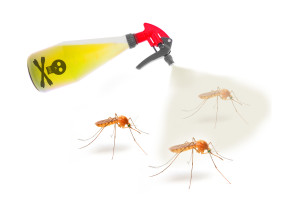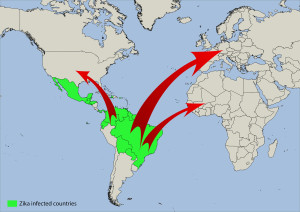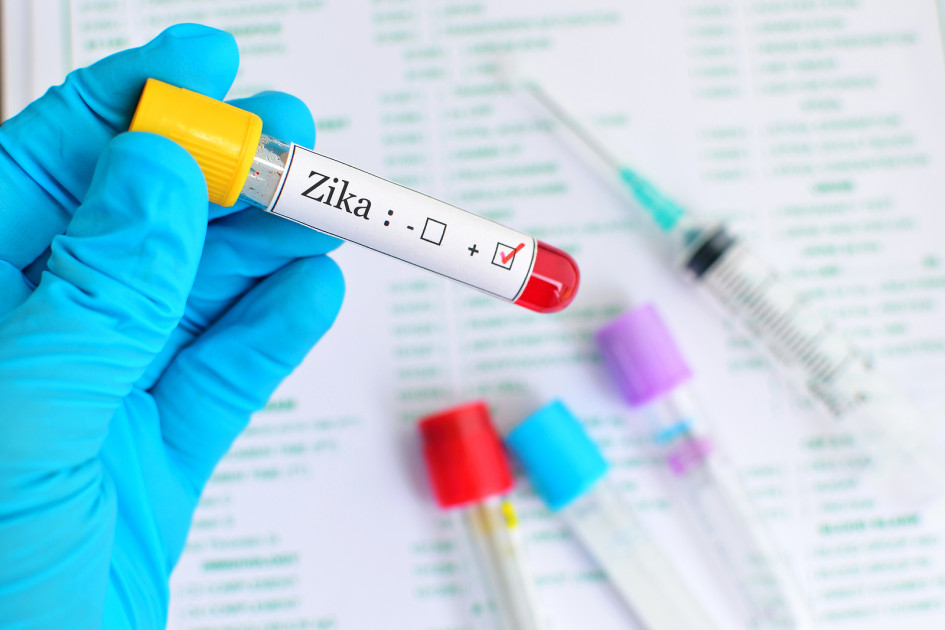Over the last few weeks there has been a serious focus on the effects, risks and impact of the Zika virus. With so many newscasts covering the virus, I wanted to know more about this new threat and provide a little context around the virus. This article will serve as a bit of personal opinion, news reports, potential medical findings and other tid-bits to give you more information regarding this new hot topic.
What is the Zika Virus?
Like the name, this virus is part of the virus family Flaviviridae. This virus family has often been related to, and known as, Zika fever. This virus started to hit the medical radar in the early 1950’s occurring in an isolated area along the equatorial belt of Asia and Africa. The virus is akin to the West Nile Virus, dengue, yellow fever and Japanese encephalitis due to its similar symptoms and the fact that it cannot be treated by drugs or vaccines.
How Can you Get the Zika Virus?
So how does one actually get the Zika Virus? The virus is passed on to humans in the form of mosquito bites. These daytime active mosquitoes have been isolated to the genus Aedes and Arboreal mosquito. Studies show that there is an extrinsic incubation period of 10 days once someone has contracted this virus, making it hard to manage when traveling and potentially transmitting the virus. Once an infected human has the virus, it can be spread to other humans through sexual intercourse, while no air born contractions have been declared.
Where does the Zika Virus Originate From?
In the early 1950’s the Zika Virus was first being reported from countries in the lower equator belt such as Asia and Africa. As our country continued to advance in technology and modern transportation, the Zika Virus began popping up in other countries, showing evidence that it has in fact crossed the pacific ocean.  Now reports of the Zika Virus can be found in Mexico, The United States, Central America, South America and the Caribbean.
Now reports of the Zika Virus can be found in Mexico, The United States, Central America, South America and the Caribbean.
What are the Risks of the Zika Virus?
Now that the virus poses a more global risk, what are the main risks of getting the virus? The absolute biggest risk of the Zika Virus is its potential impact on unborn children. In 2015, the medical field released an update on the potential link of the Zika Virus and a brain disease in unborn children called microcephaly. Microcephaly is the result of an under developed circumference of a child’s skull resulting in brain damage, decreased development of the brain, and abnormal growth. The risk of an unborn child suffering from these complications have been confirmed in a number of infants and it is unknown how many of those cases are directly related to the Zika Virus.
How can I Prevent the Zika Virus?
While there is no known drug or vaccine for the Zika Virus at this time, the only way one can protect themselves from contracting this potential disease is by avoiding direct contact and being bitten by the host. If you live in, or are traveling to areas where it is common, always use insect repellent, wear protective clothing and minimize your outdoor activities in areas known to harbor these disease carrying insects are all recommended.
The Zika Virus has been around for quite some time, but only recently has it hit the mainstream media. While often times frightening at the thought that a pandemic is spreading with no known cure or preventative measurements, I can relate to the unrest and concern that our country has knowing that this pesky virus poses. If you are worried about your health and risk, then I encourage you to dig a little on the subject for yourself to find out more information and learn how you can safeguard your family.








Leave a Reply